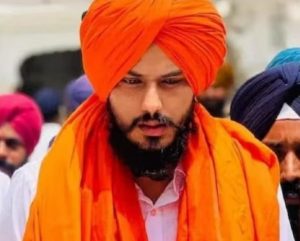Guru Purnima is a significant event that is mostly observed in India and honours “gurus” or instructors who have a significant influence on a person’s life by guiding them toward enlightenment. Along with India, the local Buddhist, Jains, and Hindu populations observe it in Nepal and Bhutan.
Also Read | Diwali to Christmas: List of religious holidays in 2022
Guru Purnima will be celebrated this year on Wednesday, July 13, as that day will also be the full Moon Day. The Purnima Tithi is expected to be in force on this auspicious day from 4:00 AM on July 13 to 12:06 AM on July 14.
Buddhism holds that Lord Buddha delivered his inaugural sermon on this day at Sarnath, Uttar Pradesh. Guru Purnima, is celebrated on a full moon day (Purnima) in the Hindu month of Ashada.
Meaning
The meaning of the Sanskrit term “guru” is “dispeller of darkness.” Every year, even the Sikh community celebrates Guru Purnima to show respect and thanks to our masters.
Also Read | Need mass movement to revive Sanskrit-learning: Vice-President
Significance
This day is celebrated to give thanks to our gurus for their commitment and devotion to raising a kid. On Guru Purnima, we honour the unique connection that exists between students and teachers. The largest effect on students’ lives nowadays is exerted by their professors.
They assist youngsters to acquire the morality and life skills that help them deal with the outside world in addition to imparting information and teaching co-curricular and extracurricular activities.
Many people also observe the day as “Vyasa Purnima,” remembering the sage Ved Vyasa, who penned the Hindu epic Mahabharata and the Puranas, on his birthday.
Also Read | Assam activist dressed up as Lord Shiva held after street play on price hike, released on bail
The Vedas are thought to have been organised by the sage and divided into four sections: Rig, Yajur, Sama, and Atharva.
He was born on this day to Satyavati and the Brahmin sage Parashar, and according to Hindu mythology, he is one of the seven immortals who still wander the earth.
However, according to yogic tradition, Lord Shiva was the very first teacher, and Guru Purnima was the day on which he appeared as a yogi to the seven sages of the sapta-rishis order in the Himalayas. The God of Destruction, known as “Adiyogi,” granted them the knowledge of yogic teachings, which they then shared with the rest of the universe.




